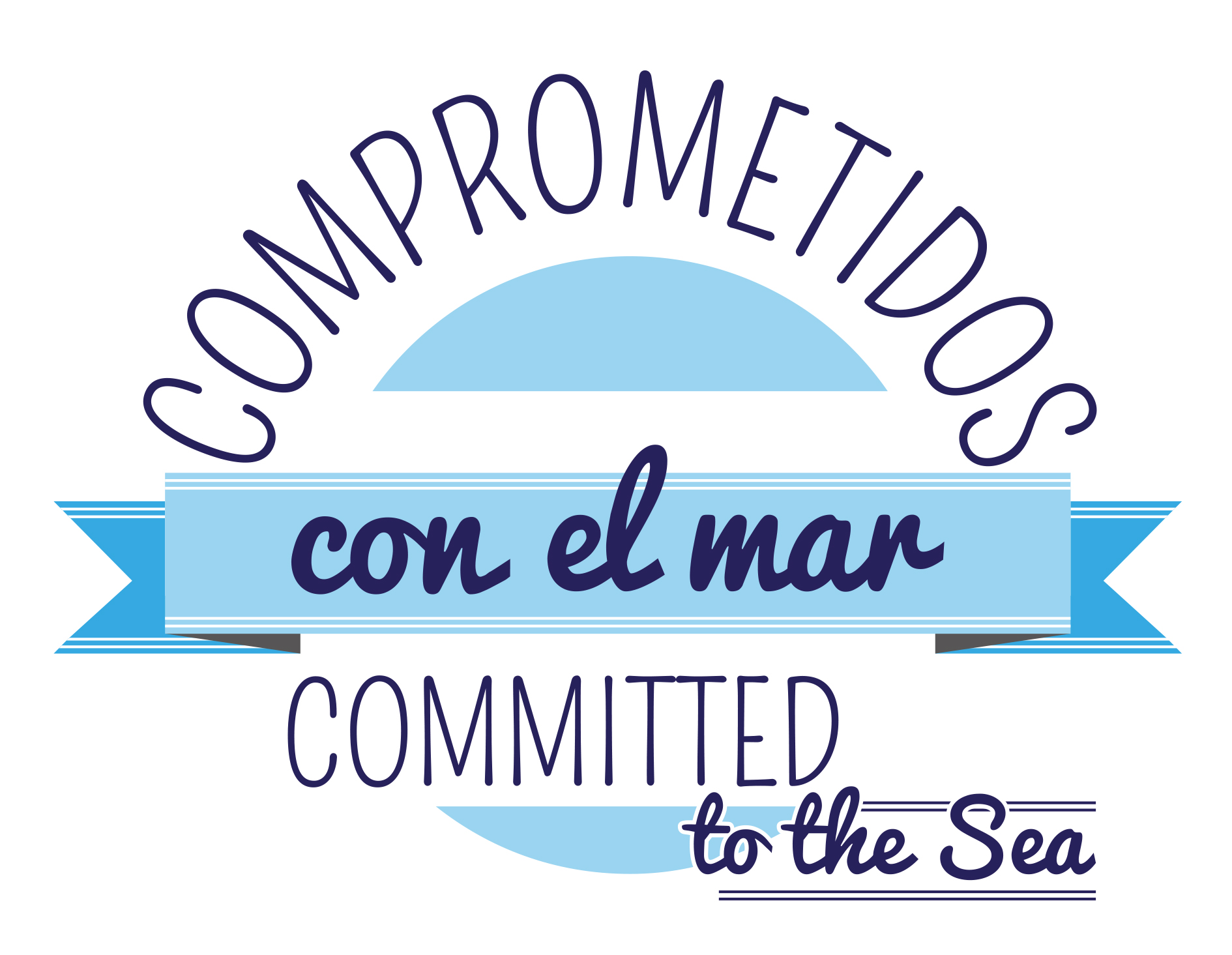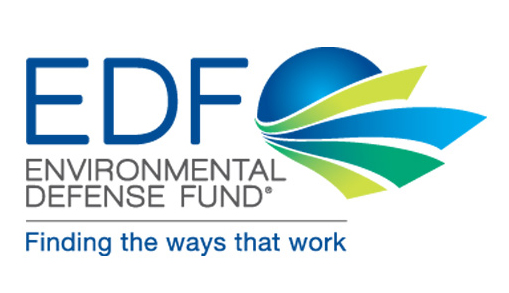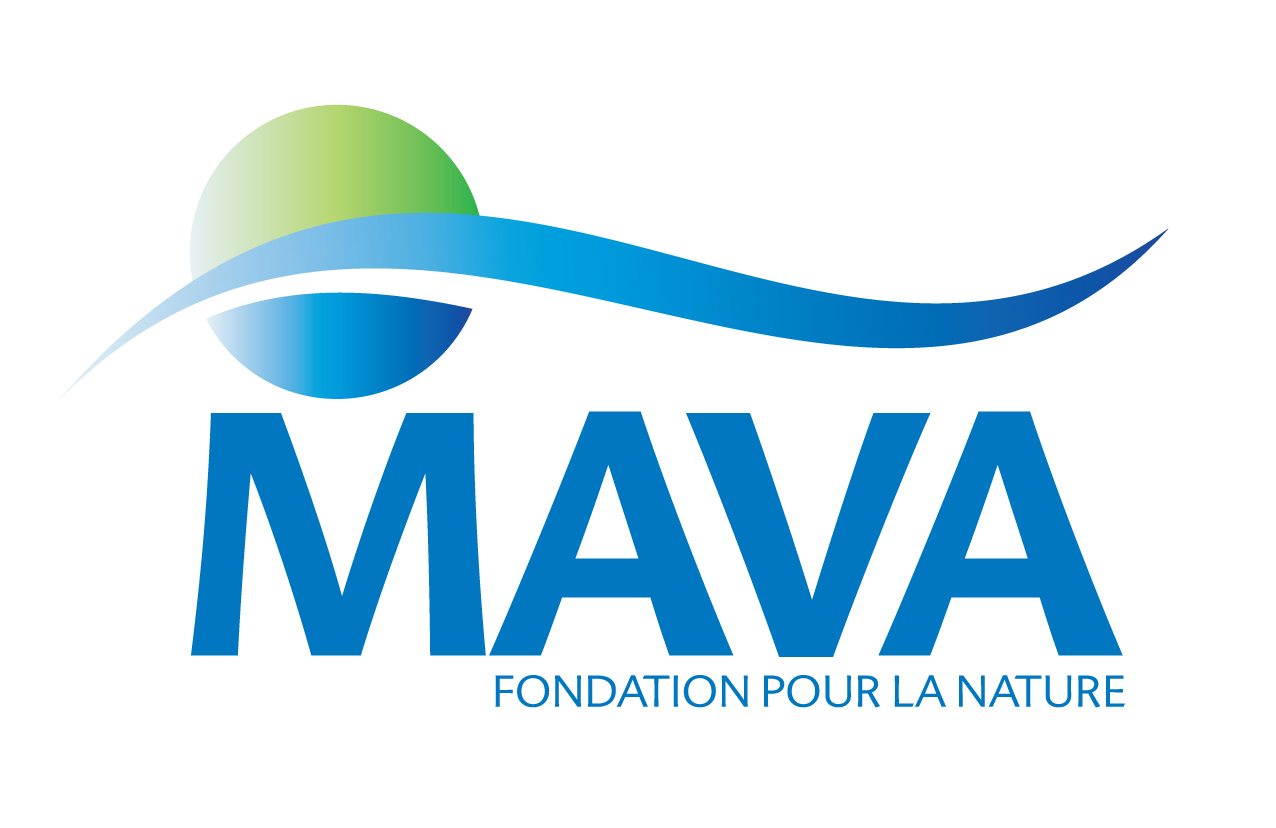STEPS COMPLETED
In 2012, the Committee for Joint Management of the “Sonsera” Mode Fishing (Comité de Cogestión de la Modalidad de la Sonsera or CCMS) was created with the participation of the Central Administration (Ministry of the Environment), the Regional Government of Catalonia, the fishing sector (26 boats), the scientists of the Superior Council for Scientific Research (Consejo Superior de Investigaciones Científicas or CSIC) – the Marine Sciences Institute (Instituto de Ciencias del Mar or ICM) and members of the civil society acting through two NGOs (WWF and Greenpeace).
A success story for Europe 7min30sec from WWF on Vimeo.
Since then, the agreements arising from the joint management committee are driven by the stakeholders and based on joint liability, that is, fishers act in order to ensure the future of the “sonso” fishing. This means that they are in full observance of the approved rules for they are aware that the penalty would be immediate in the event of non-compliance.
The CCMS prepared the Management Plan for La Sonsera. Early in 2014, it was submitted to the European Commission, and after it was approved, it was made official by the Regional Government of Catalonia on March 20, 2014, by means of Order AAM/87/2014.
The Management Plan for La Sonsera is valid for 5 years and sets forth the fishery’s regulatory framework in explicit detail. The fishing resources are managed under an ecosystemic approach that seeks to adjust the harvests to the maximum sustainable yield. From the onset, a census of the authorized vessels is made, as well as setting a limit on their length (10m) and engine power (75kW). The General Fishing and Maritime Affairs Directorate facilitates the rights to “sonso” fishing by granting special permits to boats that provide historical evidence of “sonso” harvests for a 5-year term between 2000 and 2010. The effort of these boats is limited to “sonso” fishing, except for “whitebait” or “llengueta.” A limit is placed each year for the fishing season and a maximum harvest quota is assigned to the entire fishery, which is gradually allotted on a monthly basis. This monthly quota is divided into boats and days. There is a monthly control of the fishery’s yield with regard to the unit harvest per fishing effort (CPUE), and there may be a reduction of the quotas for the following month or even a closure the fishery. The Management plan for La Sonsera also adds the physical features of the fishing gear, areas and grounds. In turn, the fisheries’ management includes unshipping, making it mandatory to only unship at authorized ports, and a strict control of the market sales points. Finally, the Management Plan adopts an inspections system and penalties that include the suspension of the permits in the event of failure to comply.
The key has been the implementation of the measures set based on the scientific studies and the shared decision-making regarding the fishery’s management. Especially noted is a reduction of the fishing efforts and the strict compliance with the harvest quotas established.
In July 2015, the Joint Management Committee decided to impose a total closure of the “sonso” fishery due to an unexpected decrease in the harvests. In April 2016, the fishery was opened again, but a specific calendar was set for each boat’s fishing activities, to maintain a controlled effort. The harvest trends have been reduced during 2016 and 2017, wherefore management decisions have been made to protect the resources, such as the continued closure of the fishery or the willingness of some boats to temporary abandon their fishing activities. However, this decrease in the harvests is more related to environmental factors, such as temperature, than to an excess of exploitation, which has resulted in a worse recruitment of the “sonso” stock. Fishers, scientists, the administration, and NGOs are still working jointly to explain the causes in more detail and continue adjusting the fishery’s management.
LESSONS LEARNED
Joint management enables to jointly assess the alternatives during times of crisis for the fishery and the decisions are optimised bearing in mind the common interest while providing stability and confidence in the process.
The joint management committee explores opportunities for reversing the socio-economic impacts arising from the fishery. Additionally, this closer monitoring of the fishing activity has enabled reducing the illegal harvesting and black market of the “sonso.”
Fishers state that a greater empowering in the making of decisions by the sector and the establishment of harvest quotas has improved the fishery’s efficiency. The fishing efforts have been reduced and, therefore, there are fewer expenses, which means a net increase in the benefits.
NEXT STEPS






